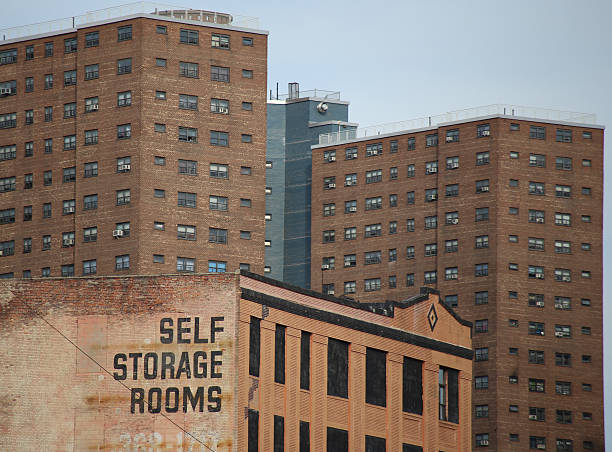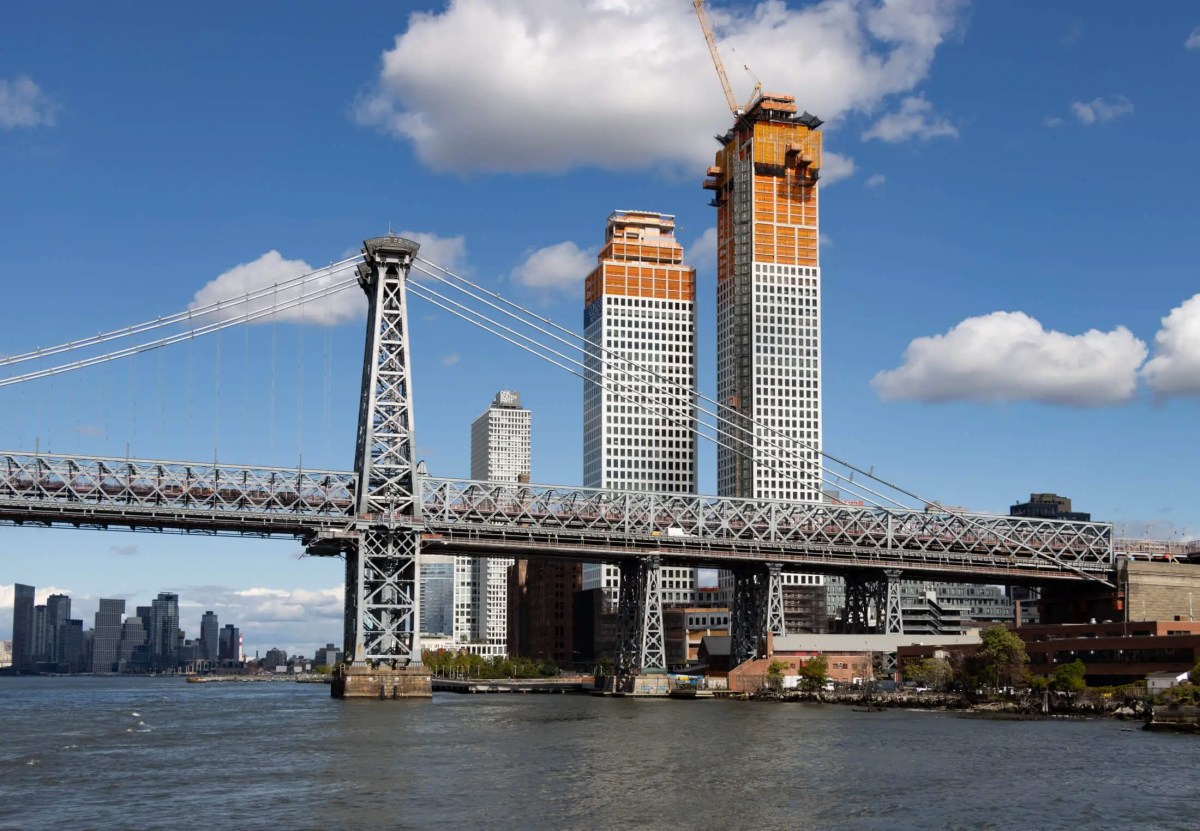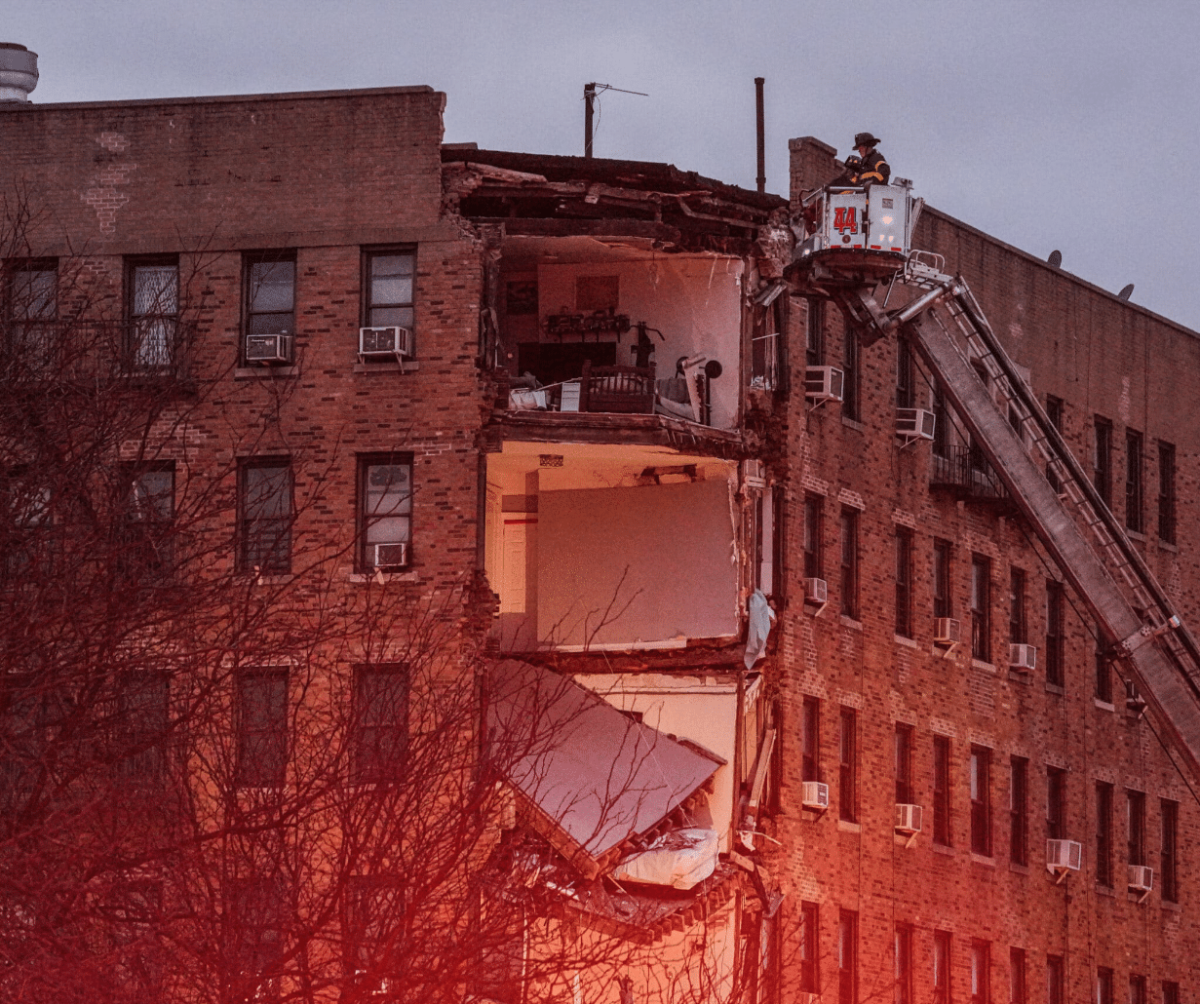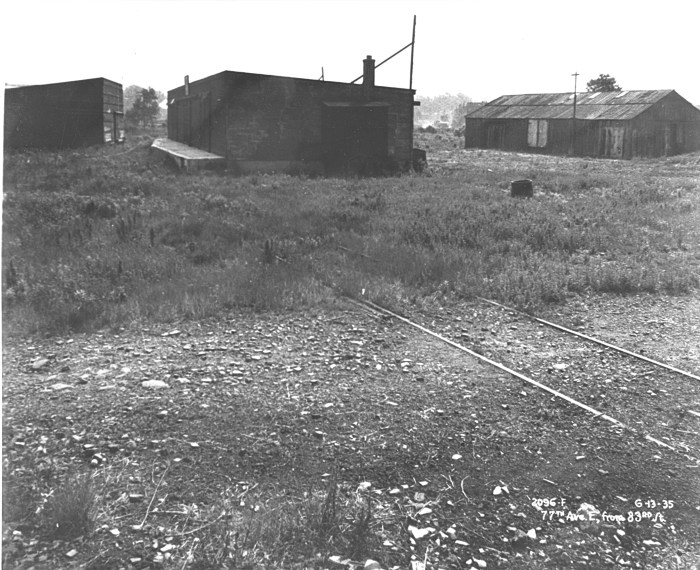A new report suggests the city improve how it plans and evaluates real estate development — including a revamp of the very manual that guides land use decisions.
The City Environmental Quality Review technical manual, which spells out how government agencies and private groups evaluate the impacts their proposed projects may have on the surrounding neighborhood, is due for some edits, according to a report the Regional Plan Association is slated to release Thursday.
The review comes after the urban planning and advocacy organization worked with several community groups, Councilman Antonio Reynoso’s Office and Manhattan Borough President Gale Brewer’s office to come up with a slew of suggestions for better incorporating local input in city planning.
The technical manual includes methods that do not always produce the sort of information sought by the general public, according to Pierina Ana Sanchez, RPA’s New York director. To remedy that, the review recommends the city convene an expert panel to propose better evaluation tactics.
“One thing I heard loud and clear is the chapter on socioeconomic conditions is one of the most important to revisit,” Sanchez said.
In particular, the report urges that the manual begin including tenants in rent-regulated housing when gauging how many residents may be vulnerable to displacement under any given proposal. East Harlem residents recently filed a lawsuit challenging this aspect of the city’s calculation methods.
Additionally, the report proposes the city create an office of community-based planning, which would help local groups and community boards with proactive planning. A similar office existed in the 1980s and 90s.
“It should be, to some degree, removed from the priorities of City Hall and of particular agencies, and geared towards being a technical assistance to groups,” Sanchez said.
Ultimately, Sanchez says the report endeavors to find ways to empower community boards. The document even suggests the city work with the boards and other local groups to create affordable housing production targets for each community board district, which could prove challenging in areas that are not eager to grow more dense.
A representative for the city Planning Department said it welcomed ideas about how to enhance community participation, while still balancing the need for citywide planning and a timely approval process.
“New York City’s Charter-mandated land use review process is one of the most robust of any municipality,” the representative said in a statement. “It prescribes numerous opportunities for public input in order to balance local concerns and citywide needs such as housing supply and affordability, as well as specifying a deadline by which agreements must be achieved.”




































